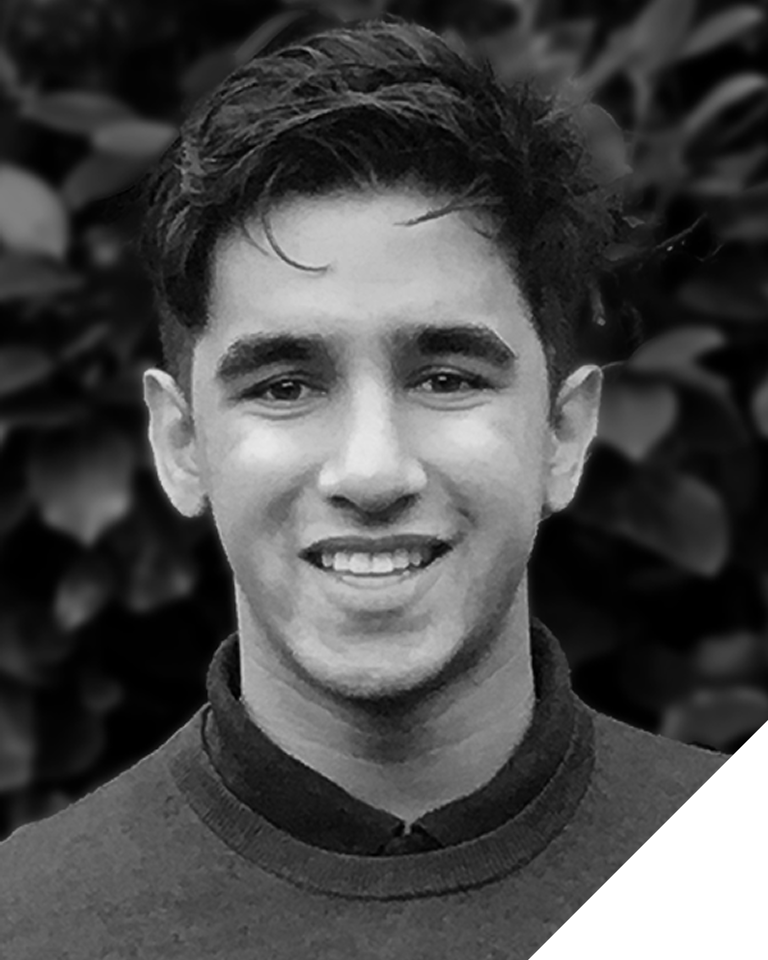I Need My Beauty Sleep! EHS Functions Addressing Sleep-Related Issues Through Technologies
Sleep. From a young age, it’s something that we, as humans, do not always take particularly seriously. As children, we might argue with parents about being sent off to bed early on a school night, or as students attend early university lectures on the back of a night out. Once we reach the workplace, sleep often falls even further down the pecking order, as we yawn and try our best not to fall asleep during a late afternoon meeting. For those in high-risk EHS professions, tiredness is an even greater issue, as many workers may have a mixture of day and night shifts, which may disrupt our circadian rhythm. This can have a significant impact on sleep quality, placing workers at high risk of issues such as insomnia and chronic disease. Tiredness can also cause a decrease in alertness, making workers more prone to mistakes and increasing the risk of accidents and injuries. According to OSHA, accident and injury rates are 18% higher during evening shifts – and 30% higher during night shifts – compared with day shifts. These dangers highlight the need for firms to address sleep-related issues in the workplace to maintain employee safety and wellbeing.
As EHS functions shift towards a predictive model, they are starting to search for signs of sleep deprivation. These include excessive fatigue, reduced alertness, poor concentration, mood swings and an increase in errors. EHS functions are currently seeking technology that can help them identify risks early, before they escalate and lead to a severe incident or injury. Wearable technology has become a popular tool to spot these concerns. This ranges from wristbands that monitor the user’s heart rate to headsets that track eye movements. One example is SmartCap’s Life, which includes a wearable wristband and an EEG device that measures electrical activity in the user’s brain. It is connected to the Life mobile app, which notifies the user when the risk of a microsleep has been identified. This allows firms to better predict potential sleep-related incidents and ties in with the ever-increasing market shift towards proactive risk management. More innovations harnessing this trend can be found in the latest EHS Tech Roadmap.
Truck drivers are often required to complete long, tiresome journeys outside regular working hours. This can affect both the quality and quantity of sleep, making them more susceptible to roadway accidents. In efforts to mitigate this risk, driving monitoring solutions have become valuable assets that identify when someone is on the verge of falling asleep. The first version of this technology was a driver-facing camera that alerted the user when eyelid and head droops occurred. However, increased research and development has helped to improve and innovate driving monitoring solutions. Take Co-Pilot, a device from technology firm Maven Machines, which monitors fatigue and distraction by identifying whether the driver is looking through the windshield. It also measures mirror checks, which decrease – replaced by head bobs and jerks – when a driver is tired.
As firms take on increased responsibility for their workers’ wellbeing, they must consider how much sleep their employees are getting and whether it is affecting their productivity and safety. Tackling this consists of not only utilizing technology that recognizes signs of tiredness, but also introducing schemes such as nap breaks for evening shifts and flexibility around working hours. Implementing all three can help create a culture that champions healthy sleeping, paving the way to a safer and more productive workforce.About The Author

Zain Idris
Industry Analyst





